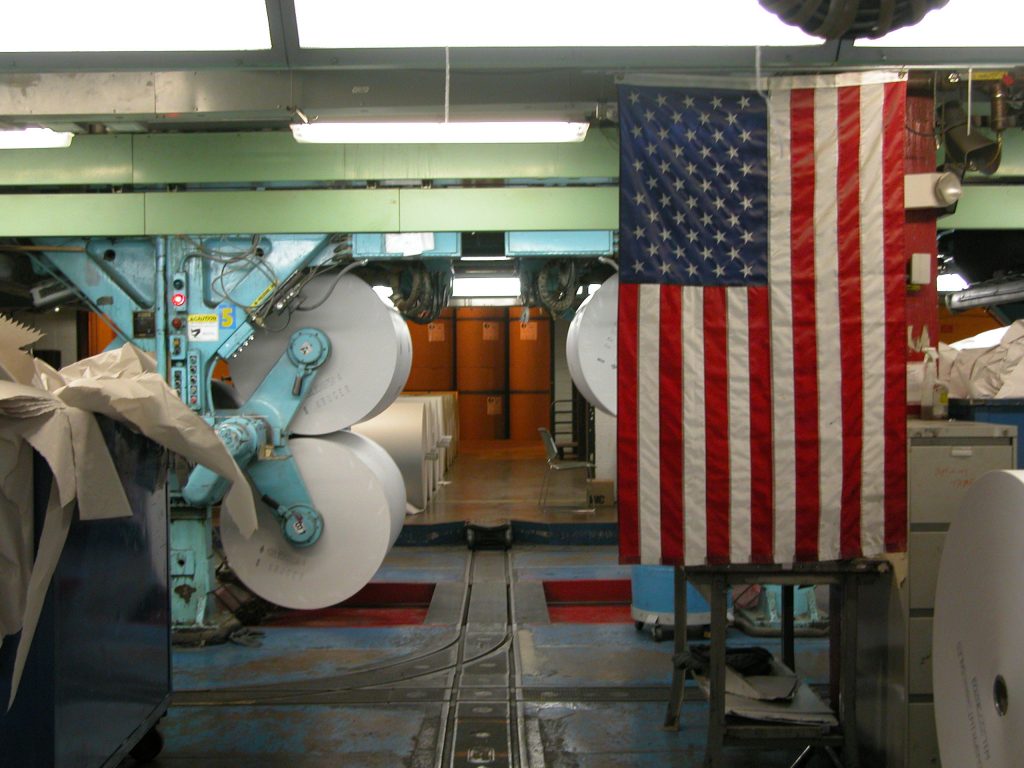 It costs money to file a lawsuit against a party who has wronged you, and it also costs money to defend yourself when another party brings a lawsuit against you. Imagine taking on those costs only to lose the case in the end — and then imagine having to also pay for the winner’s attorney’s fees.
It costs money to file a lawsuit against a party who has wronged you, and it also costs money to defend yourself when another party brings a lawsuit against you. Imagine taking on those costs only to lose the case in the end — and then imagine having to also pay for the winner’s attorney’s fees.
The general rule in the United States, known as the American Rule, is that each party only pays their own attorney’s fees, regardless of who wins. This is unlike some other countries, such as England, where courts often require the losing party to pay the other side’s attorney’s fees. One leading policy behind the American Rule is to ensure that potential plaintiffs aren’t discouraged from bringing meritorious lawsuits out of fear that, if they lose, they will have to incur even more costs by having to pay the other side’s lawyer. There are exceptions to the American Rule, however. One common exception is where there is a statutory provision requiring the losing side to pay attorney’s fees to the winning party, as illustrated in a recent case in Baton Rouge.
In Heck v. Triche, the district court found (and the appellate court affirmed) that the defendant, Wayne Triche, was liable under state law — not federal law — for securities fraud. After this finding, however, the plaintiffs requested an award of attorney’s fees pursuant to Louisiana laws (La. Rev. Stat. Ann. § 51.712 & 51.714; Local Rule 54.2). The plaintiffs eventually submitted the documents needed for the district court to determine the reasonable amount of attorney’s fees. The district awarded attorney’s fees pursuant to a federal statute, 15 USC § 78r, in the amount of $121,800.
 Louisiana Personal Injury Lawyer Blog
Louisiana Personal Injury Lawyer Blog


 It seems that asbestos can be toxic not only to people, but also to companies as well. Anco sold, distributed, repaired, and installed insulation materials containing toxic asbestos that can cause mesothelioma and cancer from 1972 until the early 1980’s. The company based in Louisiana conducted business in Louisiana, Mississippi and Texas during that time. As a result, it has faced upwards of 2700 lawsuits across the three states.
It seems that asbestos can be toxic not only to people, but also to companies as well. Anco sold, distributed, repaired, and installed insulation materials containing toxic asbestos that can cause mesothelioma and cancer from 1972 until the early 1980’s. The company based in Louisiana conducted business in Louisiana, Mississippi and Texas during that time. As a result, it has faced upwards of 2700 lawsuits across the three states. Discrimination can come in many forms and if you are faced with a potential workplace discrimination issue it is important to take your concerns to a good lawyer because the contours of discrimination cases can be very complicated.
Discrimination can come in many forms and if you are faced with a potential workplace discrimination issue it is important to take your concerns to a good lawyer because the contours of discrimination cases can be very complicated. Renting a U-Haul truck can be a necessary burden when you are tasked with moving a lot of stuff from place to place. During the rental process you might be asked whether or not you want supplemental insurance policies. But who do you sue when an accident happens? In the following case out of New Orleans, Louisiana one plaintiff finds out who definitely cannot be sued when a U-Haul and Fedex truck collide.
Renting a U-Haul truck can be a necessary burden when you are tasked with moving a lot of stuff from place to place. During the rental process you might be asked whether or not you want supplemental insurance policies. But who do you sue when an accident happens? In the following case out of New Orleans, Louisiana one plaintiff finds out who definitely cannot be sued when a U-Haul and Fedex truck collide. When attempting to bring a lawsuit in court, timing is everything. If a potential claim is brought too late your day in court may never come. However, Louisiana courts of law are generous in extending the deadline to file a lawsuit in instances of fraud. In the following case out of Jefferson Parish Louisiana, a Plaintiff learned that the deadline to file a legal malpractice lawsuit can be relaxed when fraud is employed to hide negligent representation.
When attempting to bring a lawsuit in court, timing is everything. If a potential claim is brought too late your day in court may never come. However, Louisiana courts of law are generous in extending the deadline to file a lawsuit in instances of fraud. In the following case out of Jefferson Parish Louisiana, a Plaintiff learned that the deadline to file a legal malpractice lawsuit can be relaxed when fraud is employed to hide negligent representation.
 Would you expect a routine trip to your local grocery store to end with a herniated disc and a possible need for surgery? Probably not. Trips to the grocery store are often without incident. However, people
Would you expect a routine trip to your local grocery store to end with a herniated disc and a possible need for surgery? Probably not. Trips to the grocery store are often without incident. However, people 

 The generally rudimentary question of “what is the ‘amount in dispute’” was anything but simple when Louisiana courts sought to determine whether settlement amounts should be considered “in dispute” in calculating jurisdictional limits. The Monroe Circuit Court sought to determine the “amount in dispute” in relation the subject matter jurisdiction of a City Court with a jurisdictional limit of $30,000. The issue to be determined was whether following the dismissal of the settling defendants, the City Court had jurisdiction over plaintiff’s claim against her uninsured motorist insurer to the full extent of that court’s $30,000 jurisdictional limit. The implications of this case are that it will be easier for injured individuals to remain in City Court if they allege damages less than the jurisdictional limit, despite whether they have previously settled a portion of their claim for an amount exceeding the jurisdictional limit.
The generally rudimentary question of “what is the ‘amount in dispute’” was anything but simple when Louisiana courts sought to determine whether settlement amounts should be considered “in dispute” in calculating jurisdictional limits. The Monroe Circuit Court sought to determine the “amount in dispute” in relation the subject matter jurisdiction of a City Court with a jurisdictional limit of $30,000. The issue to be determined was whether following the dismissal of the settling defendants, the City Court had jurisdiction over plaintiff’s claim against her uninsured motorist insurer to the full extent of that court’s $30,000 jurisdictional limit. The implications of this case are that it will be easier for injured individuals to remain in City Court if they allege damages less than the jurisdictional limit, despite whether they have previously settled a portion of their claim for an amount exceeding the jurisdictional limit.